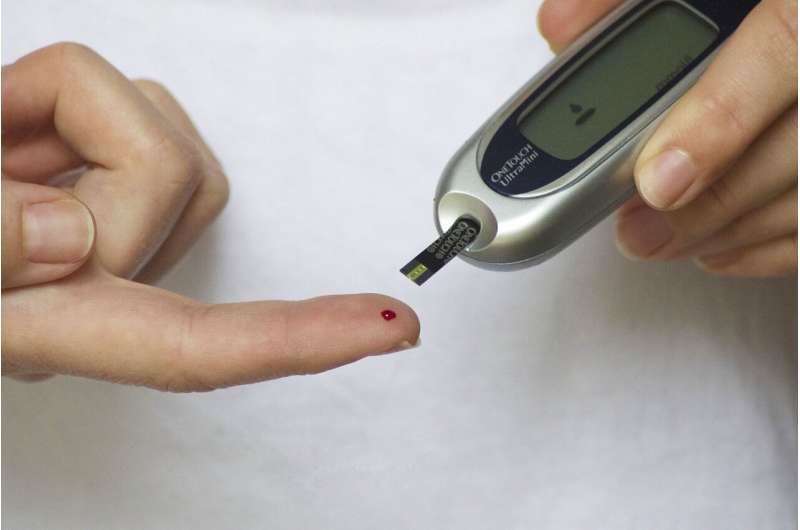Gender Disparities in Primary Care Physician Earnings and Patient Outcomes

A recent study highlights how value-based payment models can reduce gender wage gaps among primary care physicians while improving patient outcomes, especially for women doctors and their patients.
Despite often providing better patient outcomes, female primary care physicians (PCPs) continue to face a significant wage gap when compared to their male colleagues. This discrepancy is largely driven by traditional volume-based payment models, which compensate physicians based on the number of visits or services performed. Women PCPs tend to spend more time caring for their patients during and between appointments, but much of this additional effort remains unpaid.
In contrast, newer value-based payment models, which offer flexible monthly payments per patient and bonuses based on quality metrics, hold the promise of addressing these disparities. However, until recently, this potential had not been thoroughly examined.
A study published in JAMA Health Forum analyzed data from 2022 Medicare Advantage plans, comparing outcomes and earnings between male and female PCPs working under full risk-sharing, value-based payment arrangements. The study included 872 primary care physicians across seven states, with women representing 40% of the group. The researchers looked at per-patient earnings, quality metrics, healthcare utilization, and provider ratings, adjusting for various physician and patient characteristics.
Findings revealed that patients managed by women PCPs exhibited better diabetes control, higher rates of eye exams, and overall higher quality scores. These patients also experienced fewer emergency department visits and hospitalizations. Interestingly, women PCPs received slightly lower provider rating scores, possibly reflecting higher patient expectations.
Regarding earnings, women and men earned similar amounts under volume-based pay models. However, under value-based models, women PCPs earned more than their male counterparts, largely because their patients utilized fewer emergency and inpatient services. This suggests that the value-based payment approach aligns more closely with the care patterns typical of women physicians.
Implementing pay structures that promote gender equity could have additional benefits, including reducing physician burnout—particularly among women—and improving workforce retention. As the primary care workforce becomes increasingly female, these advances could ultimately support better health outcomes for the aging population.
Future research is needed to explore how earnings and patient outcomes evolve as PCPs increasingly participate in Medicare Advantage and other value-based models.
Stay Updated with Mia's Feed
Get the latest health & wellness insights delivered straight to your inbox.
Related Articles
Innovative Network Launched to Enhance Postpartum Contraception Care in Australia
A new multidisciplinary network has been established by Monash University to improve postpartum contraception care in Australia, aiming to reduce unintended pregnancies and support healthy birth spacing.
Hidden Violence: The True Extent of Murder-Suicide Incidents in the US Revealed
New research reveals that murder-suicide incidents in the US are more common than previously thought, with a high involvement of firearms and intimate partner violence. Effective prevention requires targeted strategies and policy measures.
Innovative Vibration-Driven Chip Promises to Transform Fertility Treatments
A pioneering vibration-driven chip developed at Cornell University could revolutionize assisted reproductive technology by streamlining oocyte cumulus removal, making fertility treatments more accessible and efficient worldwide.
Link Between Parental Diabetes and Risk of Type 1 Diabetes in Children
New research reveals that children of parents with gestational or type 2 diabetes are at higher risk of developing type 1 diabetes. Early identification of these risk factors can improve monitoring and prevention strategies.



